Understanding Blow Molding: A Comprehensive Guide
Blow molding is a widely used manufacturing process for producing hollow plastic products, such as bottles, containers, and other similar items. However, within this broad category, there are two distinct methods: extrusion blow molding (EBM) and injection blow molding (IBM). Understanding the differences between these two processes is crucial for businesses looking to choose the most suitable method for their production needs. In this article, we will explore the core principles, advantages, and applications of each method to help you make an informed decision.
What is Extrusion Blow Molding (EBM)?
Extrusion blow molding is the more common of the two methods. It involves the extrusion of molten plastic through a die to form a tube, known as a parison. This parison is then placed into a mold, where compressed air is blown into it to shape it into the desired form. The mold is then cooled, and the plastic part is ejected once it has hardened. EBM is known for its flexibility and cost-effectiveness, making it a popular choice for high-volume production runs.
One of the key advantages of EBM is its ability to produce a wide range of products, from small bottles to large containers. Additionally, the process allows for the use of various plastic materials, including HDPE, PET, and PVC. However, EBM does have some limitations, such as the potential for uneven wall thickness and the need for precise temperature control to ensure consistent quality.
What is Injection Blow Molding (IBM)?
Injection blow molding, on the other hand, is a more precise and specialized process. It combines elements of injection molding and blow molding to produce high-precision plastic parts. In IBM, the plastic is first injection molded into a core, which is then blown into a mold to form the final shape. This method is particularly well-suited for producing complex geometries and thin-walled products, such as medical devices and cosmetic containers.
IBM offers several advantages, including superior accuracy and the ability to produce intricate designs. However, it also has some drawbacks. The process is generally more expensive than EBM, and it requires more complex machinery. Additionally, IBM is typically used for smaller production runs, making it less suitable for high-volume manufacturing.
Key Differences: EBM vs IBM
When deciding between extrusion blow molding and injection blow molding, it’s essential to consider several key factors, including production volume, product complexity, material requirements, and budget. Here’s a breakdown of the main differences:
- Production Volume: EBM is ideal for high-volume production, while IBM is better suited for smaller, more specialized runs.
- Product Complexity: IBM is better for complex geometries and thin-walled products, whereas EBM is more versatile for a wide range of products.
- Material Flexibility: EBM allows for a broader range of plastic materials, while IBM is more limited in this regard.
- Cost: EBM is generally more cost-effective, especially for large production runs, while IBM is more expensive due to the complexity of the process.
Choosing the Right Process for Your Needs
Selecting the appropriate blow molding method depends on your specific production requirements. If you’re producing large quantities of standard bottles or containers, extrusion blow molding is likely the most efficient and cost-effective option. However, if you need to produce complex, high-precision parts with intricate designs, injection blow molding may be the better choice.
It’s also important to consider your budget and the capabilities of your manufacturing equipment. EBM is a more straightforward process that requires less specialized machinery, making it accessible to a wider range of manufacturers. IBM, on the other hand, requires more advanced equipment and expertise, which can be a barrier for some businesses.
The Future of Blow Molding
As technology continues to evolve, both extrusion blow molding and injection blow molding are expected to see advancements in efficiency, precision, and sustainability. Manufacturers are increasingly looking for ways to reduce energy consumption and minimize waste, and both processes are likely to benefit from these innovations. Additionally, the growing demand for lightweight and durable plastic products is expected to drive further developments in blow molding technologies.
Conclusion
In conclusion, while both extrusion blow molding and injection blow molding are valuable manufacturing processes, they serve different purposes and offer distinct advantages. By understanding the differences between these two methods, businesses can make informed decisions that align with their production goals and budget constraints. Whether you’re producing bottles, containers, or complex plastic parts, choosing the right blow molding method is essential for achieving optimal results.
continue reading
Related Posts
Prototyping at 3 A.M.—Why the Question Even Matters Picture this:
Why ABS Still Dominates High-Volume Manufacturing Walk through any electronics
Picture this: you’re staring at a quote for a new
